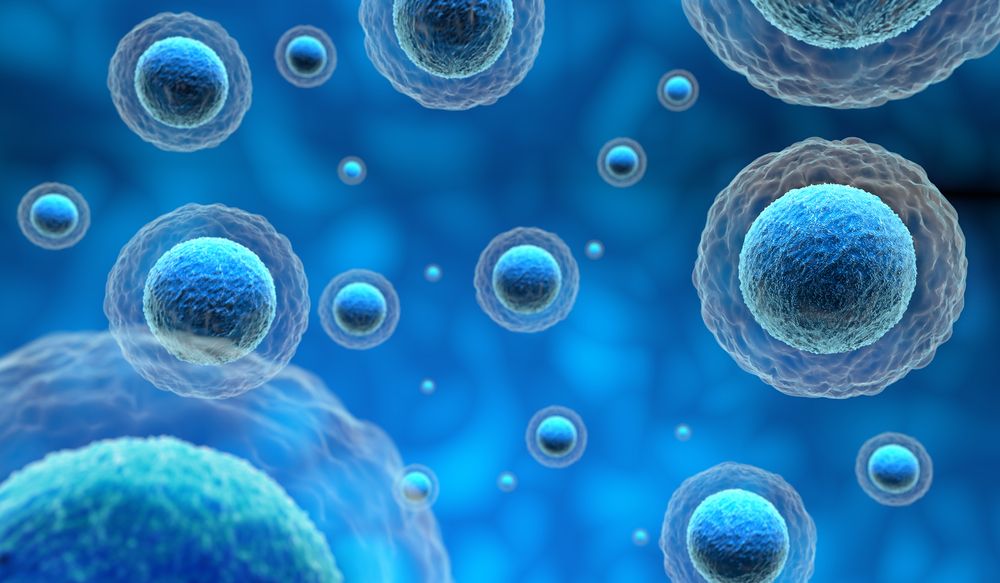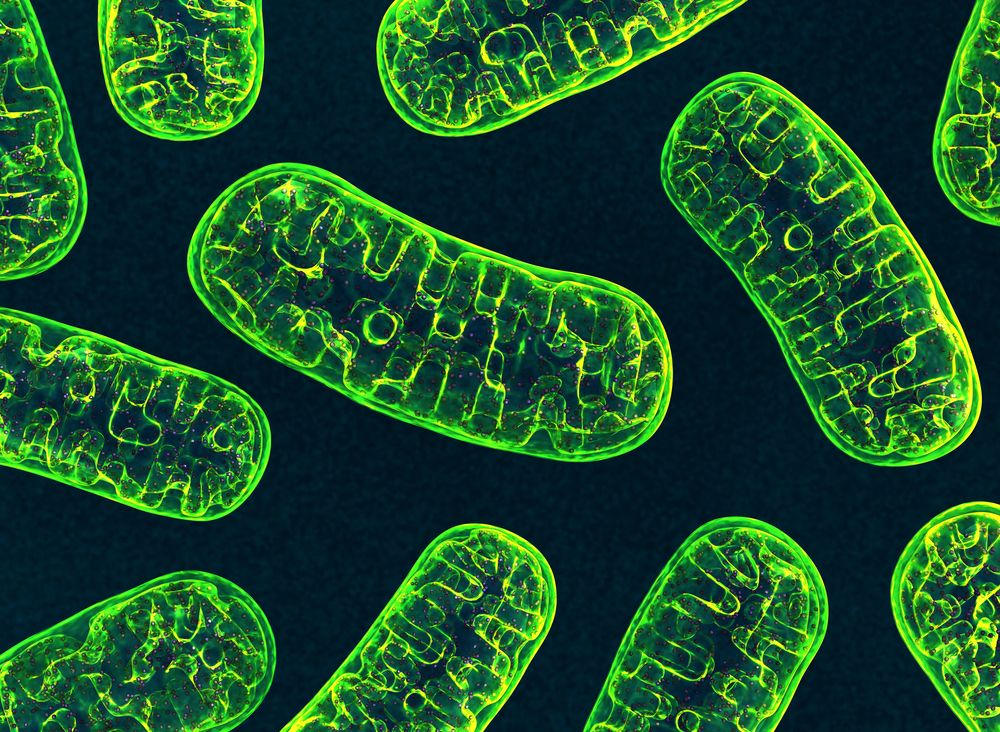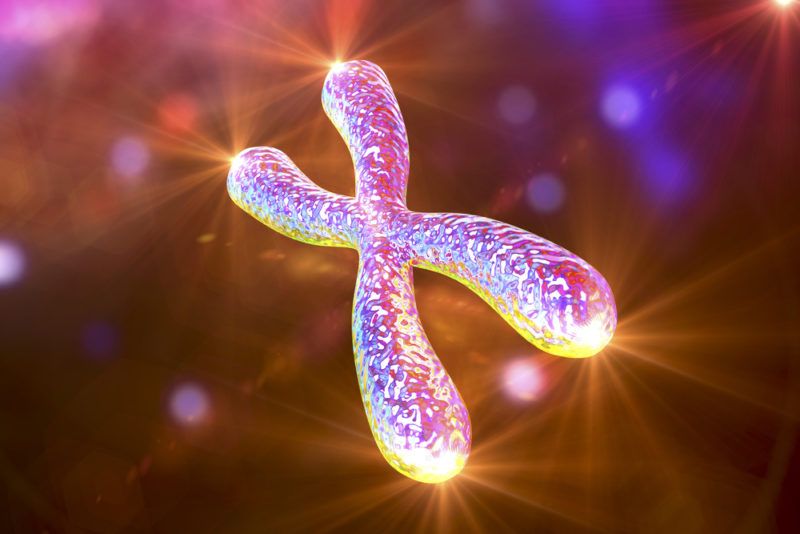Jul 26, 2018
Wet AMD Drugs Might Soon Be Self-Administered
Posted by Nicola Bagalà in categories: biotech/medical, life extension, neuroscience
A new way of administering drugs for wet age-related macular degeneration might be close.
Two studies by researchers at the University of Birmingham have shown that delivering drugs against the wet form of age-related macular degeneration (AMD) in the form of eyedrops might soon be possible in humans [1, 2].
What is age-related macular degeneration?
Continue reading “Wet AMD Drugs Might Soon Be Self-Administered” »

















